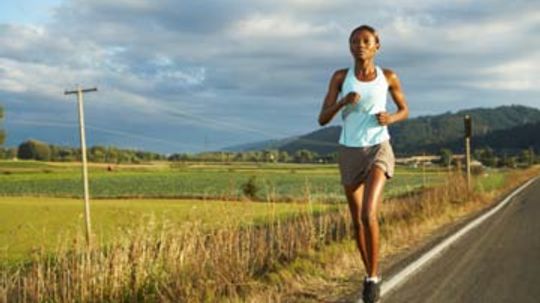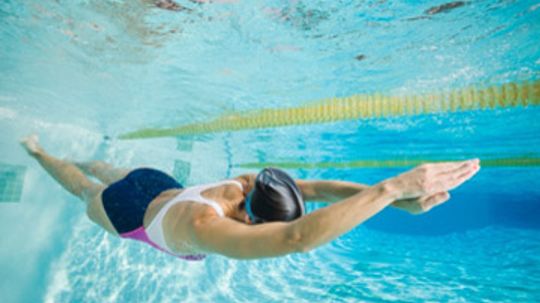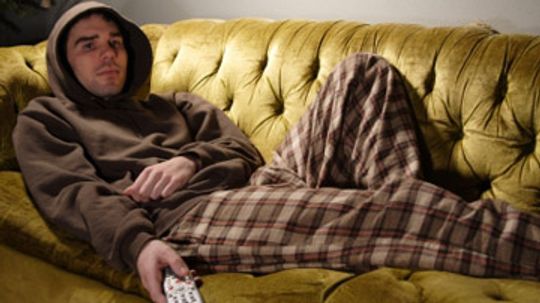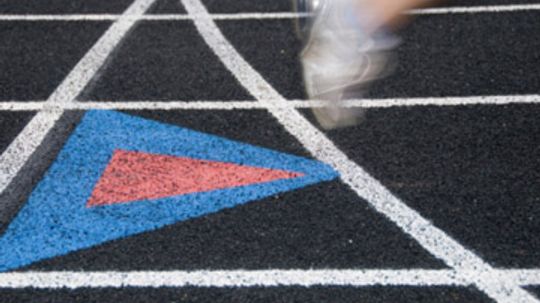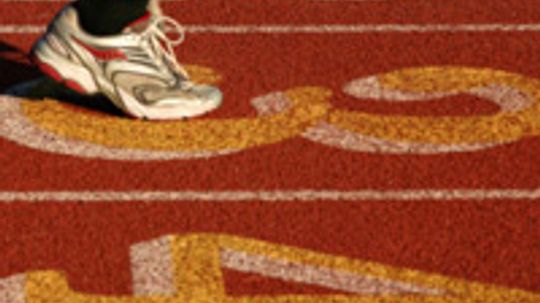Running Training
Running training takes practice and dedication. Running training plans are usually fairly strict but they are great for preparing for races. Check out the great running training guides in this section.
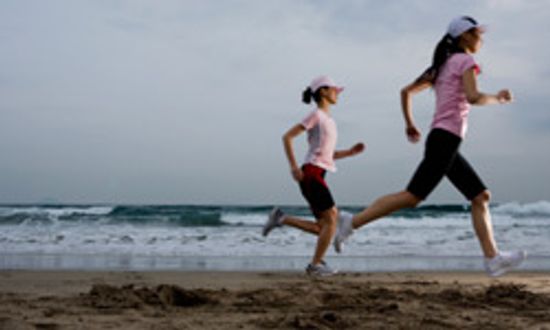
Top 10 Training Tips for a 5k
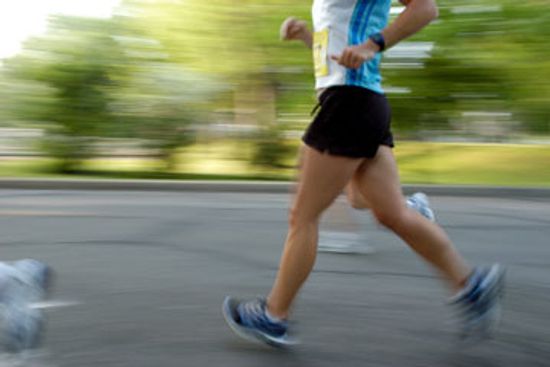
How Advanced 5K Training Works
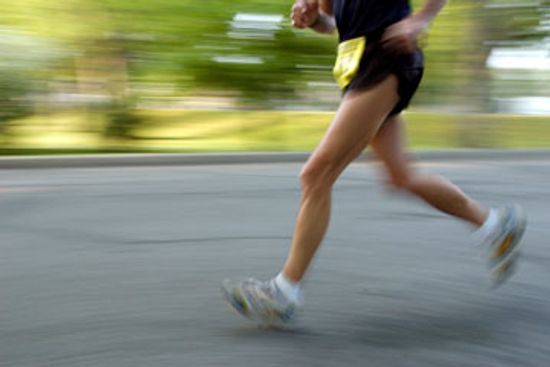
How Intermediate 5K Training Works

How Advanced 10K Training Works

How to Train for Your First Marathon
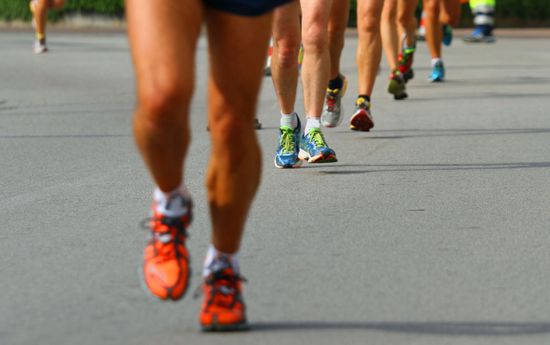
What's happening when you get a second wind?
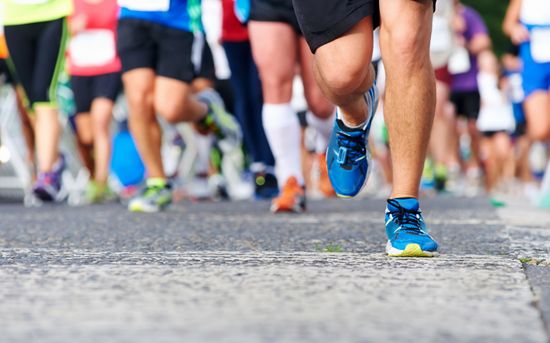
Is it possible to run a marathon backward?

How Barefoot Running Shoes Work
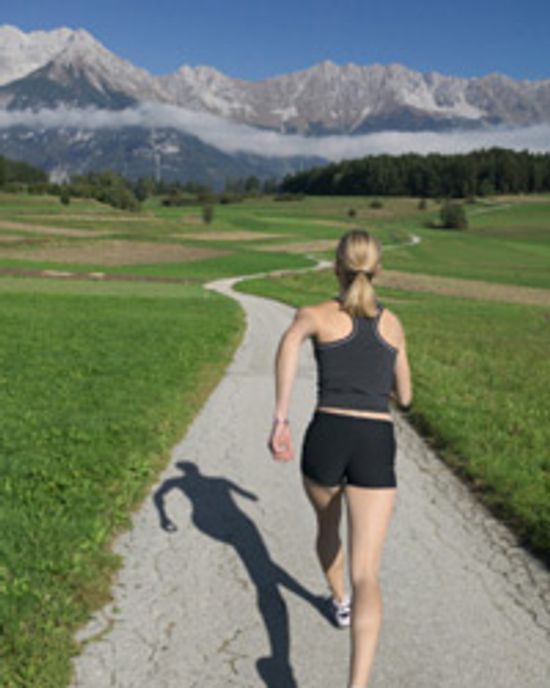
10 Tips for Maintaining Your Motivation to Run
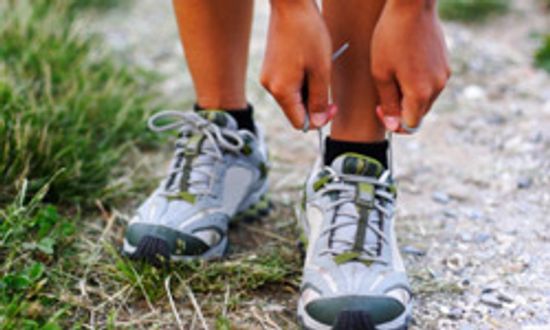
5 Tips for Motivation to Start Running
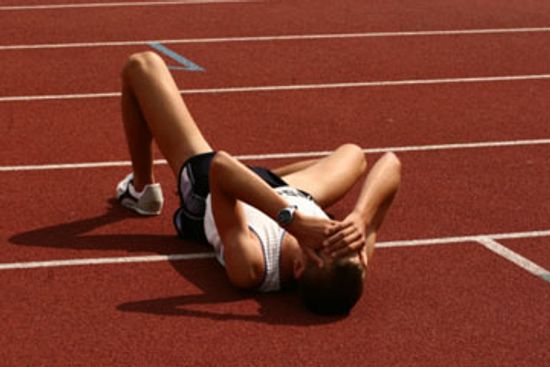
How Hitting the Wall Works
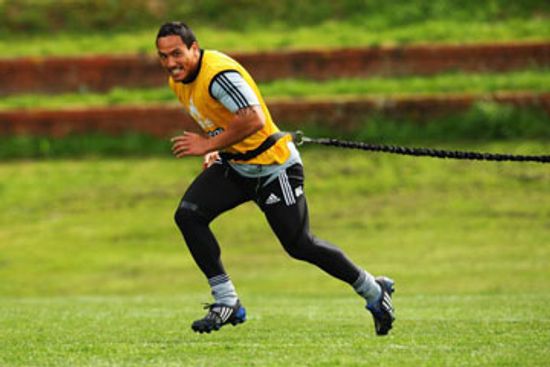
How Bungee Speed Training Works
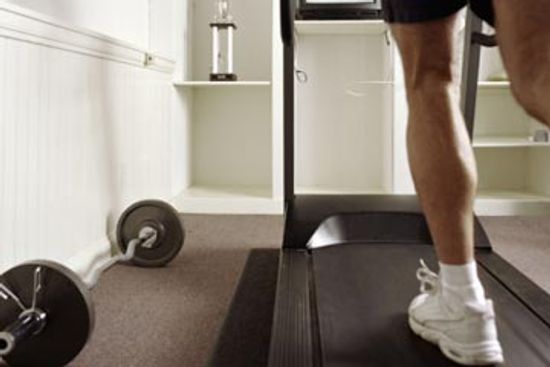
How Circuit Training Works

How Interval Training Works
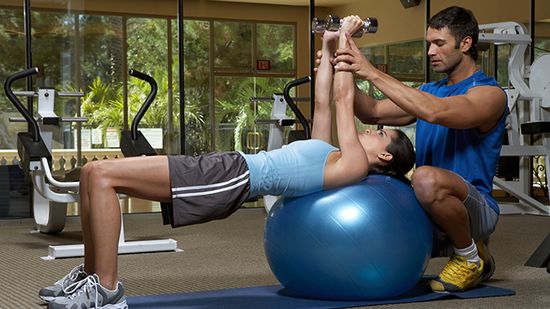
Does strength training help your heart and lungs?
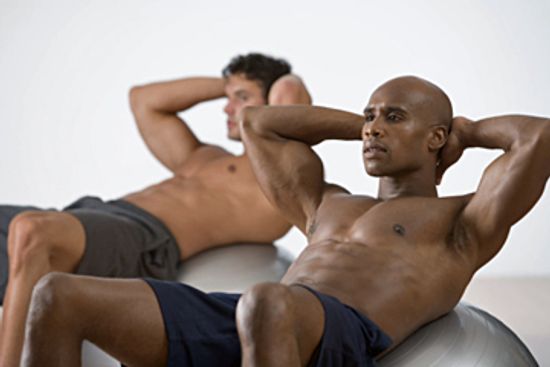
How Ab Workouts for Runners Work

How Core Strength Training for Runners Works
Learn More / Page 2
If you find yourself tiring or cramping quickly when running, it could be the result of poor posture. What is running posture, and how do you know whether yours is correct?
By Craig Haggit
Your running stride -- the way you move your legs and land on your feet -- determines your speed, endurance and risk of injury. What does proper running stride look like, and how can you master it?
By Colleen Cancio
At the end of the race, will you be able to pull away from the other runners and finish first? To increase your speed, incorporate strides into your training.
By Clint Pumphrey
Advertisement
Running can be brutal on muscles and joints alike. Wouldn't it be so much easier to reap all of the benefits that running offers, while avoiding all of the pain? All you have to do is hit the pool.
By Dave Roos
If the most exercise you've had lately is walking from the sofa to the fridge and clicking through television channels, then you need a plan. But how can couch potatoes get the motivation to go running and even train for a 5K?
By Meredith Bower
Breathing is natural and instinctive, but breathing correctly when running can be a little tricky. How do you find a rhythm and give your body the most oxygen possible?
By Jill Becker
If you're a runner, training just means that you run every day, right? Well, not really. Most of us have strengths and weaknesses, and finding out what they are doesn't come easy. That's where keeping a running log comes in. But how does that work?
By Emilie Sennebogen
Advertisement
It truly pays to be on your toes in the sport of running. But what are the benefits of toe-running and how do you do it?
By Jeff Harder
If you're a runner, you might be more focused on the path ahead instead of the ground below. But turnover, or the number of times your feet strike the ground each minute, is important in running, and improving that rate can give you results.
By Martha Barksdale
So, you've finally made the plunge -- it's time to start training for your first marathon. Of course, it's no walk in the park. You need to be ready to tackle a distance of 26.2 miles at a steady pace. How do you make sure you cross that finish line?
By John Fuller
